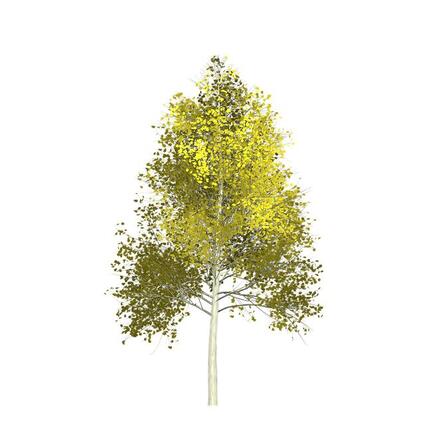 A new leaf-like energy harvester is the latest in a series of “nature inspired” technologies from a field called “biomimicry.” “Inspired by aspen leaves, which tremble in the slightest of breezes, scientists at the University of Warwick have developed a leaf-shaped energy harvester. Researchers suggest the device could power weather sensors in hostile environments, like those deployed by Martian rovers. Researchers used computer models to better understand the unique sensitivity of aspen leaves to wind. The analysis showed the leaf's thin, flat stem plays an important role. The stem's tendency to twist in two directions causes the long, thin leaf below to quiver. Armed with their new knowledge, scientists designed a model to produce a mechanical representation of an aspen leaf. They produced a device characterized by a flat stem, cantilever beam, curved blade tip and an arced cross section” (“Shaking aspen leaves inspire,” UPI, Mar. 18, 2019). The field of biomimicry has exploded in the 21st century. Edward Kelley copied the human eye’s design to create a camera that has 70 times better clarity and resolution in dealing with lens flare. Anthony Brennan developed Sharklet by studying how shark’s skin prevents fouling by algae and barnacles via a microscopic toothlike pattern of the scales. Eiji Nakatsu patterned the nose of a bullet train after the design of the kingfisher’s beak. WhalePower Corporation created superior fan blades by mimicking the bumps on the flipper of the humpback whale. Mick Pearce created the non-air-conditioned cooling system of a building in Harare, Zimbabwe, by mimicking the design of termite mounds. Dozens of other examples could be cited. Biomimicry scientists typically describe nature both as a product of blind evolution and as a design factory, which is an impossibility. A report by Hewlett Packard at hpmegatrends.com on “BioConvergence” begins with this astonishing statement: “After about 4.5 billion years of solid research and development, nature has developed some ingenious solutions.” But it is complete nonsense to describe non-directed, non-intelligence-driven evolution as “research and development”? How can the processes of natural selection and genetic mutations see the need for something and produce genetically complex solutions? Scientists involved in this field continually express amazement at “nature’s” fantastically complicated designs. Geri Richmond of the University of Oregon says, “We’re in the stone age compared to nature” (“Sponge Has Natural Glass Fiber Optics,” San Francisco Chronicle, Aug. 8, 2000, p. A2). Isn’t blind evolution amazing! It supposedly creates “ingenious,” “exquisite,” “complex” designs that cause the most brilliant scientists and engineers to marvel. Though most scientists who operate in the field of “biomimicry” believe in evolution, their own work disproves it if they would but open their eyes and stop blindly following a man-made theory. (Friday Church News Notes, May 17, 2019, www.wayoflife.org, [email protected], 866-295-4143) Comments are closed.
|
Archives
February 2020
|
Ads do not imply endorsement | Policy/Terms of Service | About Us | Contact Us | © Life Work Academy, Inc.
 RSS Feed
RSS Feed

